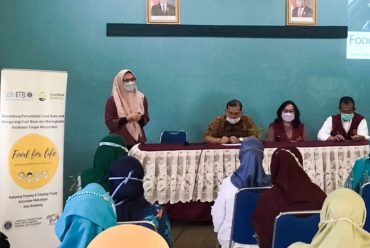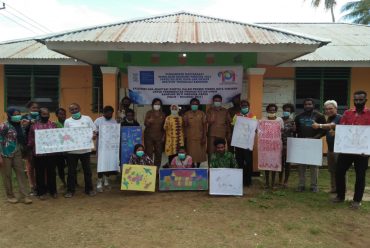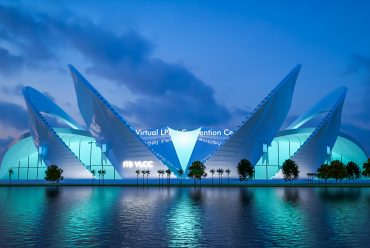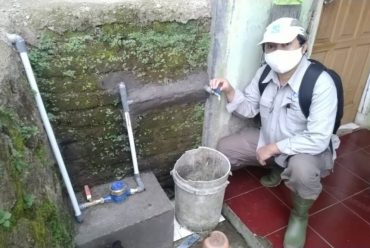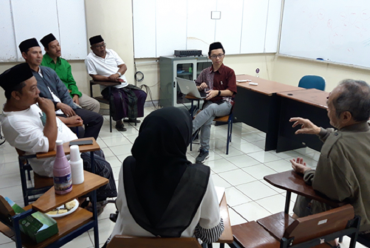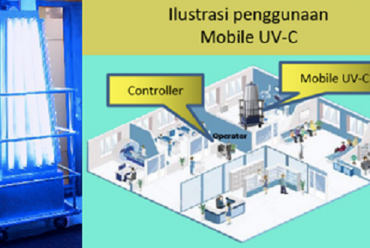River Pollution Early Warning Monitoring Tool Successfully Tried
The problem of water pollution is a challenge for the availability of water to meet human needs and support ecosystems. Rivers as a source of water face the threat of quality degradation caused by the discharge of solid and liquid waste from households and industries. In conserving and maintaining water quality standards and controlling water pollution, the government has set a number of regulations, including Government Regulation Number 82 of 2001 concerning Water Quality Management and Water Pollution Control and Regulation of the Minister of Environment and Forestry Number 93 of 2018 and its amendments to Regulation of the Minister of Environment Life and Forestry Number 80 of 2019 concerning Continuous and Networked Wastewater Quality Monitoring for Business and/or Activities, which mandates both the government (central, provincial, district/city) and industry to monitor water quality.
Almost all big cities in Indonesia currently have a water quality monitoring system to ensure that their citizens can use the water. However, the challenges faced so far include the time span from the incident to the analysis report. “Observation or monitoring of water pollution early warnings, both for rivers and in industry, is very important. Not only monitoring water quality parameters every day, but every hour to determine the condition of water quality in order to meet the established river and waste water quality standards, “said Prof. Brian Yuliarto, S.T., M.Eng., Ph.D., from the Faculty of Industrial Technology, Bandung Institute of Technology (ITB), in Bandung, Tuesday (4/7/2020).
Researchers from the advanced functional materials expertise group then conducted research on the Water Quality Monitoring System in the Citarum River Watershed (DAS) Industrial Environment under the umbrella of the Institute for Research and Community Service (LPPM) ITB. Prof. Brian explained, according to data from the West Java Provincial Environmental Service, there are 1,900 waste-producing industries along the Citarum River. The majority of these industries are located in the districts of Bandung, Purwakarta, and Karawang. The distribution of these industries is generally close to residential areas which tend to be densely packed in economic centers.
The existence of an industrial area in the middle of a residential area has many negative impacts on residents. Industrial waste in the Citarum River basin causes farmers to experience crop failure due to poor water quality to irrigate their fields. In addition, industrial waste causes residents to contract diseases due to consumption of polluted water. “This condition demands a system that can monitor water quality, both in the industrial environment and in the Citarum River area. The system is expected to be able to measure water quality and provide information and report on water pollution,” said Prof. Brian.
Superiority
Prof. Brian explained that the road map in this research is to produce a water quality monitoring tool that can be applied to the industrial environment and the Citarum River area. To facilitate the public in the audit process so as to speed up the analysis process in determining the results of the evaluation of water quality automatically, online, in real time, and continuously. Together with his team, he then designed a prototype water quality monitoring system and continued field testing to evaluate the capabilities of the monitoring tool from various aspects, starting from the validation of sensor readings, data communication, environmental weather disturbances, and durability.
In early warning monitoring of river water pollution, the parameters measured are pH, DO, temperature, electrical conductivity, and dissolved residues. For industrial areas, the parameters measured are pH, suspended residue, COD, ammonia nitrogen, and discharge. “This prototype is also equipped with a water level detection device and a siren for early anticipation of flood disasters and quality standard thresholds,” he added. This prototype was tested and applied in the Citarum River Basin, Karawang Regency and Bandung Regency. “From this research, a prototype of water quality monitoring was developed using products from within the country so that dependence on foreign products can be reduced,” continued Prof. Brian.
Some of the superior features of this research prototype carried out by LPPM-ITB have the potential to be developed further in responding to the challenges of monitoring river and waste water quality. “The next activity plan is in the form of a business plan, market testing, and mass production of water quality monitoring prototypes,” said Prof. Brian. The development of an early warning monitoring tool for river pollution is one of the LPPM-ITB community service programs under the title “Water Quality Monitoring System in the Citarum Watershed Industrial Environment” by using appropriate technology resources. LPPM research products are carried out for the benefit of scientific development and direct application to the community.*




